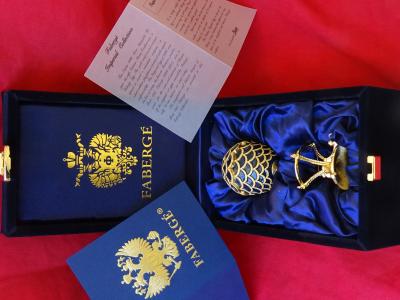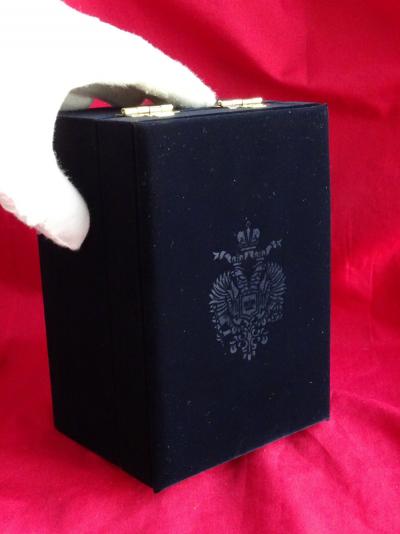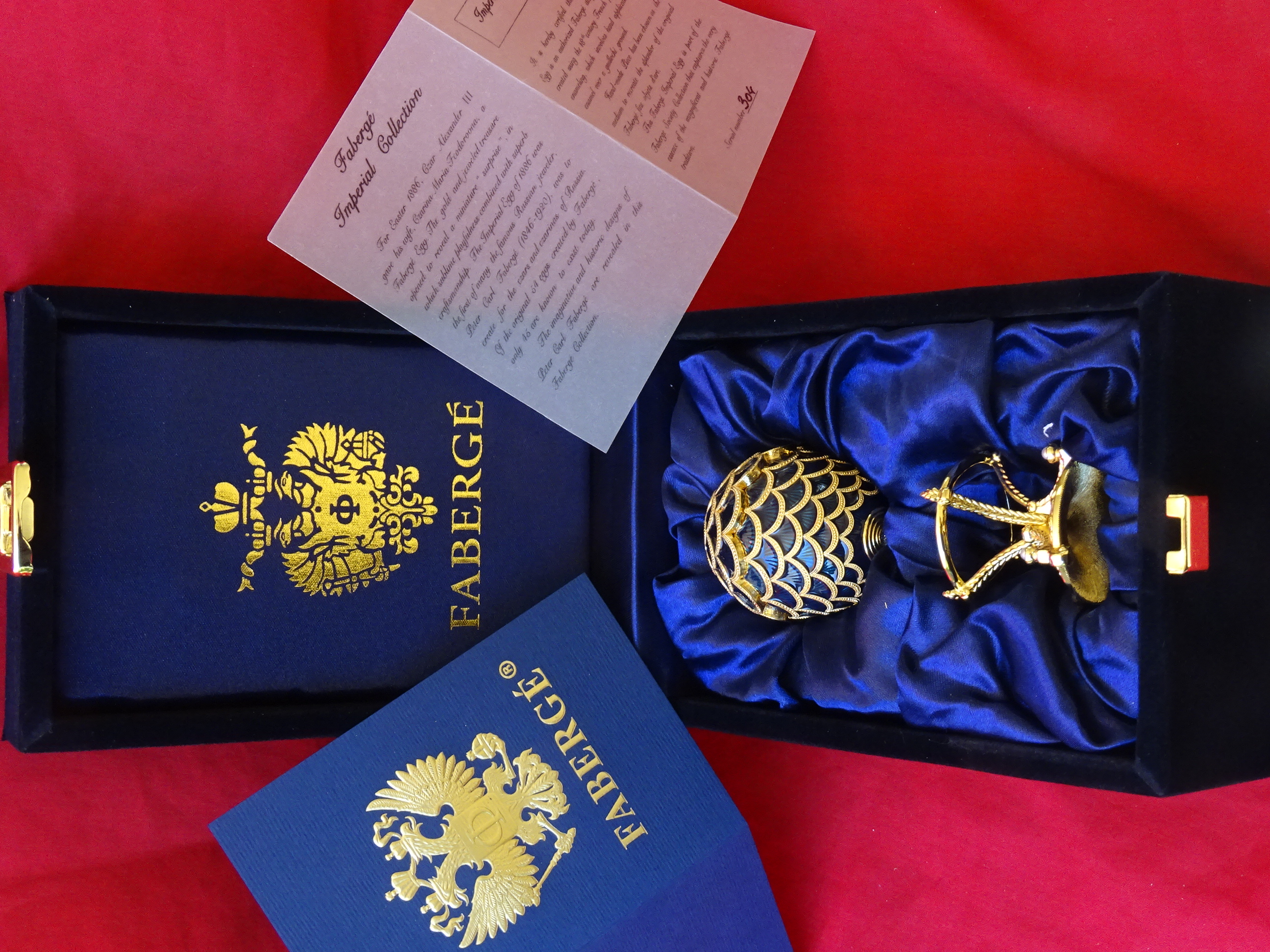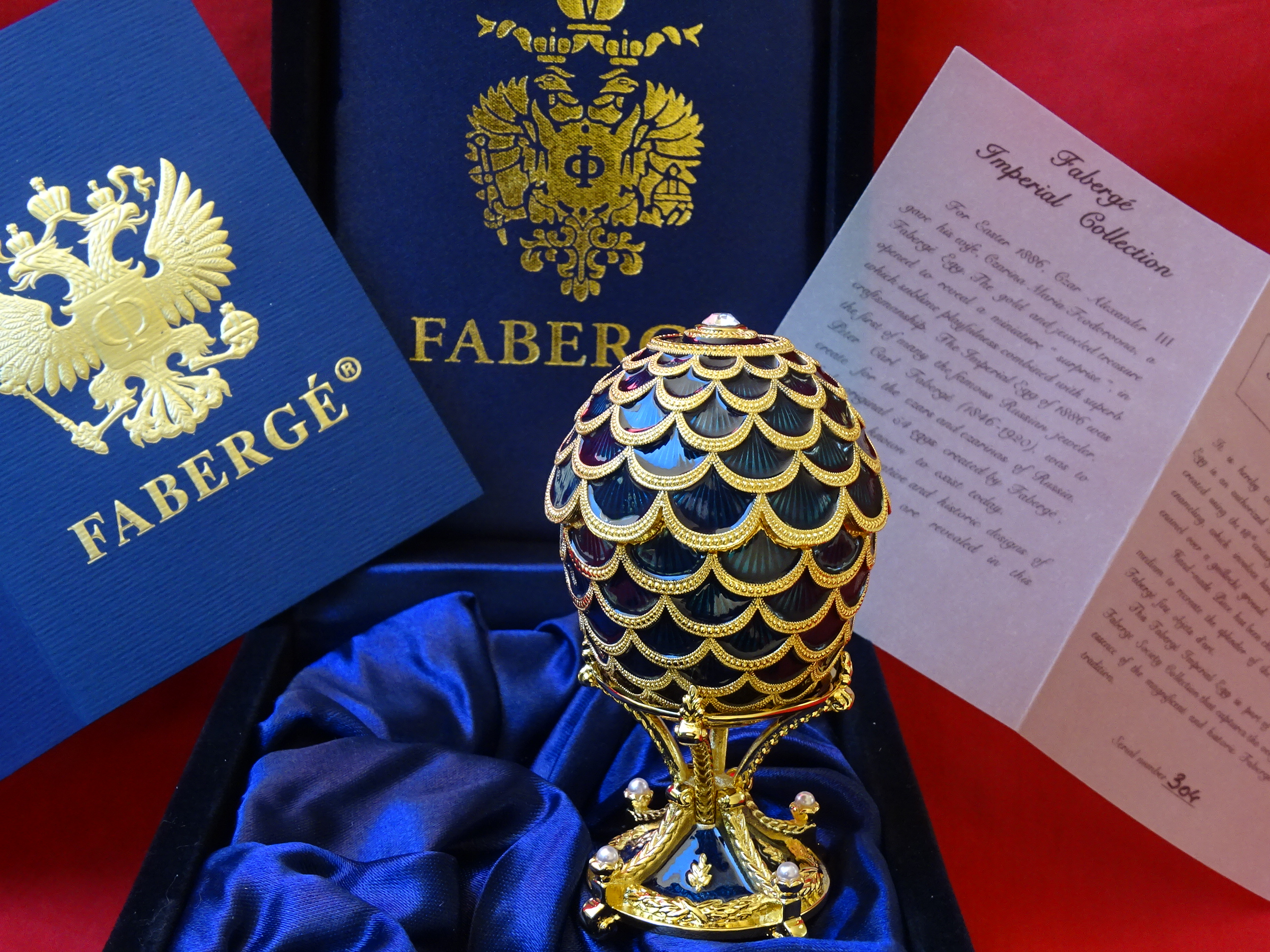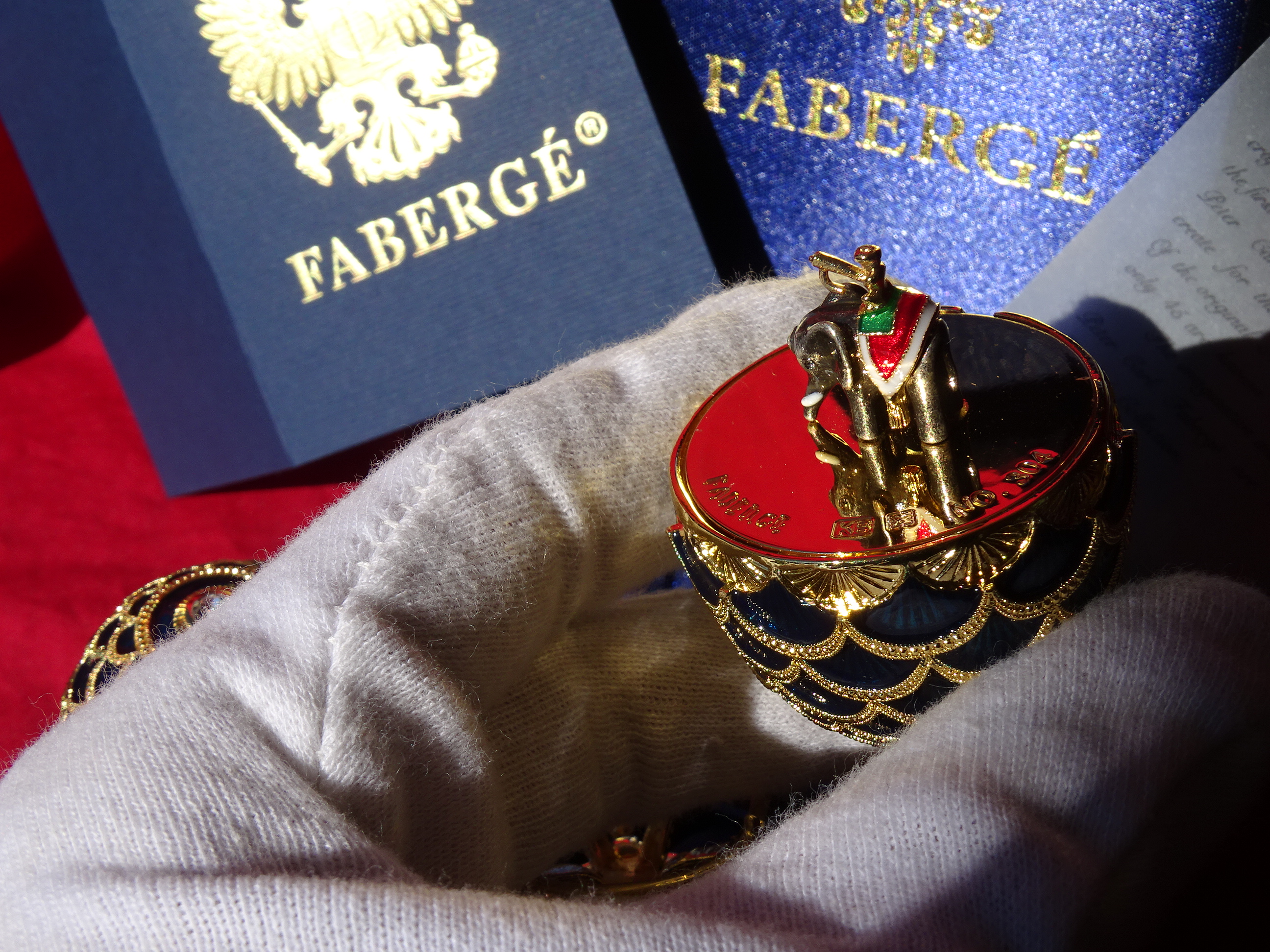Retour
Voir tout le catalogue
-
-
- Alex Katz(2)
- Alexander Calder(19)
- André Derain(89)
- Andy Warhol(38)
- Antoni Tapiès(32)
- Arman(37)
- Aurélie Nemours(1)
- Bengt Lindström(9)
- Bernard Buffet(240)
- César(9)
- Charlotte Perriand(9)
- Claude Weisbuch(49)
- Corneille(14)
- Eduardo Chillida(6)
- François Morellet(1)
- Georges Braque(79)
- Gustave Klimt(11)
- Hans Bellmer(20)
- Hans Hartung(31)
- Henri Matisse(201)
- Hervé Télémaque(6)
- Jacques Villeglé(4)
- Jean Cocteau(197)
- Jean Hélion(10)
- Jean Miotte(1)
- Jean Picart Le Doux(6)
- Joan Miro(123)
- Julio le Parc(1)
- Karel Appel(1)
- Keith Haring(6)
- Ladislas Kijno(2)
- Léonard Tsugouharu Foujita(54)
- Leonor Fini(103)
- Louis Toffoli(6)
- Marc Chagall(470)
- Marie Laurencin(49)
- Maurice de Vlaminck(82)
- Maurice Utrillo(21)
- Max Ernst(39)
- Mimmo Rotella(5)
- Niki de Saint Phalle(4)
- Pablo Picasso(403)
- Peter Klasen(7)
- Philippe Pasqua(4)
- Pierre Alechinsky(53)
- Pierre Soulages(50)
- Pierre Tal-Coat(7)
- Pierre-Yves Trémois(36)
- Raoul Dufy(53)
- Robert Combas(5)
- Salvador Dali(459)
- Théo Tobiasse(7)
- Tony Soulié(10)
- Valério Adami(31)
- Victor Vasarely(17)
- Yves Brayer(43)
- Zao Wou-Ki(21)
Top artistes -
-
Retour
Voir tout le catalogue
-
-
- Alex Katz(2)
- Alexander Calder(19)
- André Derain(89)
- Andy Warhol(38)
- Antoni Tapiès(32)
- Arman(37)
- Aurélie Nemours(1)
- Bengt Lindström(9)
- Bernard Buffet(240)
- César(9)
- Charlotte Perriand(9)
- Claude Weisbuch(49)
- Corneille(14)
- Eduardo Chillida(6)
- François Morellet(1)
- Georges Braque(79)
- Gustave Klimt(11)
- Hans Bellmer(20)
- Hans Hartung(31)
- Henri Matisse(201)
- Hervé Télémaque(6)
- Jacques Villeglé(4)
- Jean Cocteau(197)
- Jean Hélion(10)
- Jean Miotte(1)
- Jean Picart Le Doux(6)
- Joan Miro(123)
- Julio le Parc(1)
- Karel Appel(1)
- Keith Haring(6)
- Ladislas Kijno(2)
- Léonard Tsugouharu Foujita(54)
- Leonor Fini(103)
- Louis Toffoli(6)
- Marc Chagall(470)
- Marie Laurencin(49)
- Maurice de Vlaminck(82)
- Maurice Utrillo(21)
- Max Ernst(39)
- Mimmo Rotella(5)
- Niki de Saint Phalle(4)
- Pablo Picasso(403)
- Peter Klasen(7)
- Philippe Pasqua(4)
- Pierre Alechinsky(53)
- Pierre Soulages(50)
- Pierre Tal-Coat(7)
- Pierre-Yves Trémois(36)
- Raoul Dufy(53)
- Robert Combas(5)
- Salvador Dali(459)
- Théo Tobiasse(7)
- Tony Soulié(10)
- Valério Adami(31)
- Victor Vasarely(17)
- Yves Brayer(43)
- Zao Wou-Ki(21)
Top artistes -
-
Création de mon compte
Maison Fabergé - oeuf Impérial - Émail
Collection impériale de la Maison Fabergé.
Cet œuf a été créé exclusivement par la Maison Fabergé.
Taille de l'oeuf incluant la base 8cm
Il s'agit d'un objet très coté sur le marché de l'art.
Émail avec strass swarovski finition plaqué or 24 carats d'un très bel éclat.
Voir les nombreuses photos pour avoir une bonne idée de tous les détails et des superbes illustrations de cet œuf.
Pendentif à l'intérieur
La famille Fabergé est originaire de France mais a été contrainte de quitter le pays en raison des persécutions religieuses. Au XVIIIe siècle, la famille s'installe en Russie. Peter Carl Fabergé est né le 30 mai 1846, fils d'un orfèvre. Après un apprentissage auprès de plusieurs maîtres orfèvres en Allemagne, en France et en Angleterre, Peter Carl Fabergé revient à Saint-Pétersbourg en artisan très accompli. En 1885, Peter Carl Fabergé présenta le premier œuf impérial au tsar Alexandre III et devint rapidement le joaillier le plus célèbre du monde.
Cet œuf a été créé exclusivement par la Maison Fabergé.
Taille de l'oeuf incluant la base 8cm
Il s'agit d'un objet très coté sur le marché de l'art.
Émail avec strass swarovski finition plaqué or 24 carats d'un très bel éclat.
Voir les nombreuses photos pour avoir une bonne idée de tous les détails et des superbes illustrations de cet œuf.
Pendentif à l'intérieur
La famille Fabergé est originaire de France mais a été contrainte de quitter le pays en raison des persécutions religieuses. Au XVIIIe siècle, la famille s'installe en Russie. Peter Carl Fabergé est né le 30 mai 1846, fils d'un orfèvre. Après un apprentissage auprès de plusieurs maîtres orfèvres en Allemagne, en France et en Angleterre, Peter Carl Fabergé revient à Saint-Pétersbourg en artisan très accompli. En 1885, Peter Carl Fabergé présenta le premier œuf impérial au tsar Alexandre III et devint rapidement le joaillier le plus célèbre du monde.
Cette notice a été traduite automatiquement. Cliquez ici pour voir la version originale EN
House of Faberge Imperial Collection.
This egg was created exclusively by the House of Faberge.
Size of the egg including the base 8cm
This is an object that is highly quoted on the art market.
Enamel with a 24 k gold plated finish swarovski rhinestones with a very beautiful shine.
See the many pictures to get a good idea about all the details and the superb artwork on this egg.
Pendant inside
The Fabergé family originated in France but was forced to leave the country due to religious persecution. During the 18th century, the family settled in Russia. Peter Carl Fabergé was born on May 30, 1846, the son of a goldsmith. After apprenticing with several master goldsmiths in Germany, France and England, Peter Carl Fabergé returned to St. Petersburg a highly accomplished craftsman. In 1885, Peter Carl Faberge presented the first Imperial Egg to Czar Alexander III and soon became the most famous jeweler in the world.
This egg was created exclusively by the House of Faberge.
Size of the egg including the base 8cm
This is an object that is highly quoted on the art market.
Enamel with a 24 k gold plated finish swarovski rhinestones with a very beautiful shine.
See the many pictures to get a good idea about all the details and the superb artwork on this egg.
Pendant inside
The Fabergé family originated in France but was forced to leave the country due to religious persecution. During the 18th century, the family settled in Russia. Peter Carl Fabergé was born on May 30, 1846, the son of a goldsmith. After apprenticing with several master goldsmiths in Germany, France and England, Peter Carl Fabergé returned to St. Petersburg a highly accomplished craftsman. In 1885, Peter Carl Faberge presented the first Imperial Egg to Czar Alexander III and soon became the most famous jeweler in the world.
Objets associés : Bijoux et montres
Fin de vente
Ce lot n’est pas disponible. Cliquez sur « Voir le catalogue » pour voir les lots similaires en vente.
Hotline
N’hésitez pas à nous appeler si vous avez une question sur un lot. Pour toute autre demande, cliquez sur "Besoin d’aide" en haut ou en bas du site.
Poser une question

